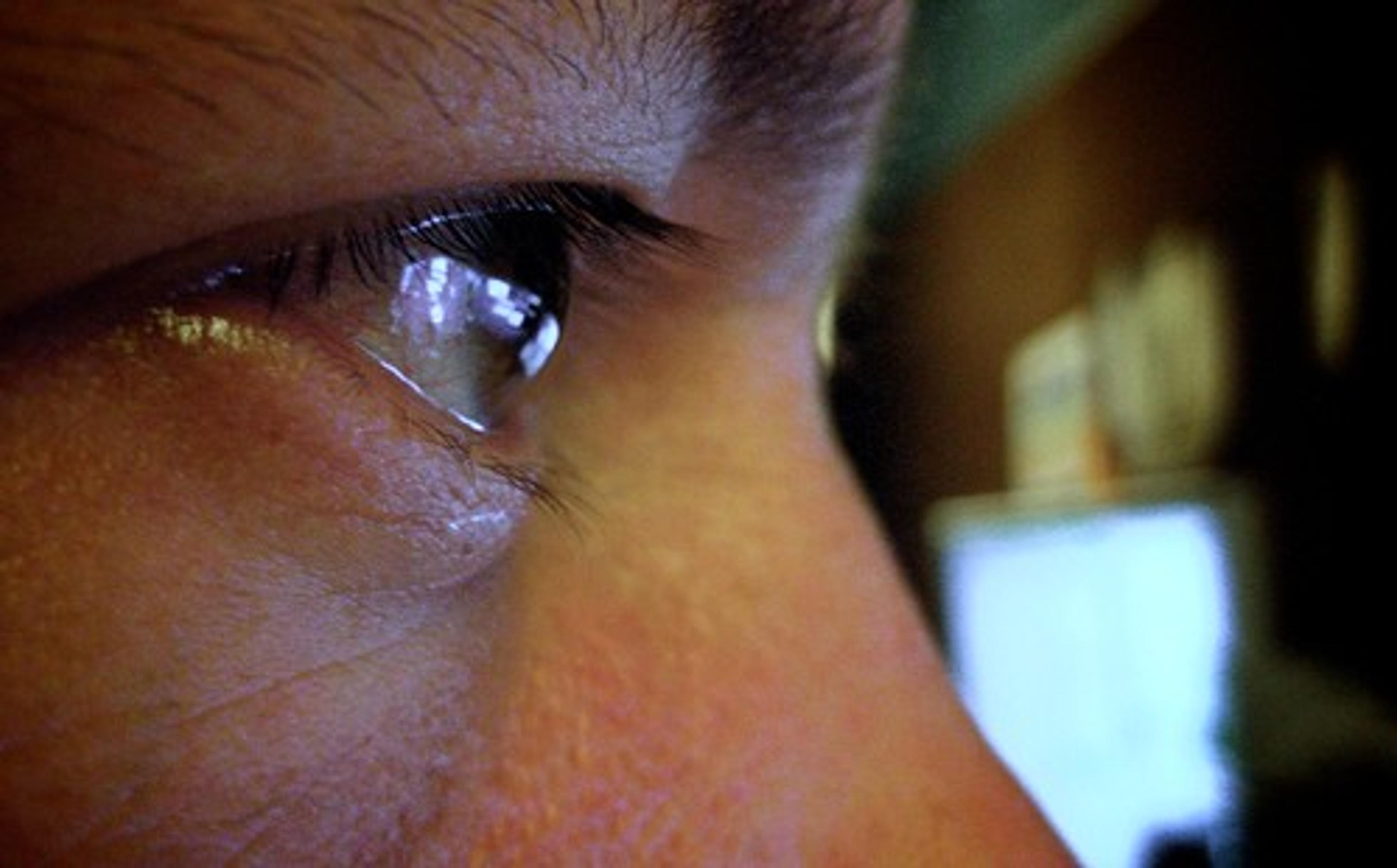Can computers make you go blind?
3 min read

According to the health experts at the U.S. Department of Health & Human Services, screen time should be limited to less than 2 hours per day. But what exactly is screen time? In truth, anything that involves looking at a screen! Watching television, working on the computer, texting on your cell phone, and playing video games are a few examples of everyday screen time. A study published in the Journal of Pediatrics found that today’s children are exceeding the recommended maximum amount of screen time by 66%.
Many of today’s jobs include staring at a screen. Whether working the check-out lane at a grocery store or behind the desk at an advertising agency, computers seem to have found a permanent place in our lives. Take Ami for example, a good friend and recent inductee into the working world. Ami works for a marketing and advertising agency that has her pinned to a computer most of the day. A typical day for Ami includes emailing clients, researching competitors of clients, typing up proposals or brand plans, and designing art pieces for client review…all from the comfort of her computer chair. She admits, “I’ve never worn my glasses more than since I started full time. Now, I actually need a stronger prescription.”
But why does staring at a screen do such bad things to our eyes? It stems from being productive. When we are the most focused it is reflected in our unconscious eye behaviors. These behaviors lead to eye problems according to research published in the April 2012 issue of Optometry and Vision Science.
Distance
Our eyes work by contracting and relaxing small muscles in our eyes. When we focus on a screen, these tiny muscles remain contracted for a long time. Eventually, these muscles will fatigue resulting in difficulty to focus on things at other distances. This leads to blurred vision, an inability to focus the eye, and headaches.
Blinking
When working hard, we can “forget” to blink. A typical person blinks between 12-15/minute on average. When focused, blinking is reduced to 4-5/minute. Blinking is a natural process that works to lubricate and moisturize the eyes by spreading tears across the outer eye. In the absence of blinking, eyes can become extremely dry and scratchy leading to foggy vision.
Lighting
Most computer, tv, or phone screens are backlit. That is, the screens have built in light to illuminate the screen making it visible during dark or extremely bright conditions. This artificial lighting can cause our eyes to dilate or constrict according to the screen brightness and maintain this focus for long periods of time. Constantly staring at a screen can cause sensitivity to light, or photophobia, or can lead to problems such as blurred vision, headaches, or focus problems.
These factors together cause a downward spiral. Our vision becomes poorer, resulting in closer distances, more focusing, and brighter lighting to see the screens we depend on. The net result is medically called “Computer Vision Syndrome” and affects an estimated 150-200 million US workers. In the past 25 years, the growing presence of the personal computer, laptops, and televisions in everyday life have contributed to a 66% increase in nearsightedness amongst the population.
In order to prevent your eyes from suffering from too much screen time, take frequent breaks away from the screen, sit as far away from the screen as possible, and use glare protectors to reduce the amount of light focused into the eye.









